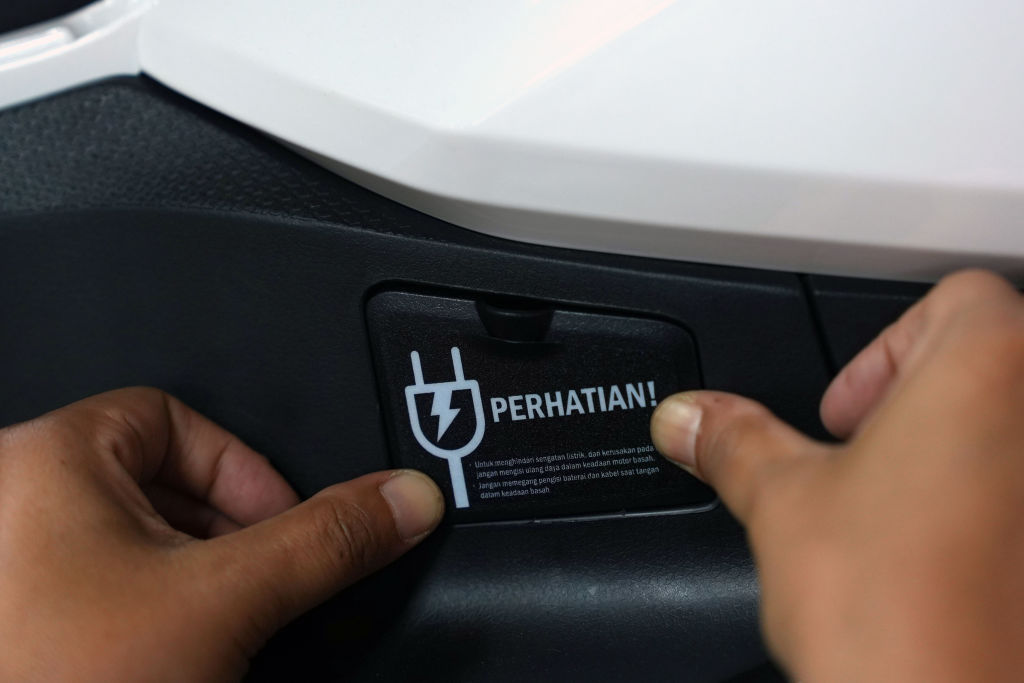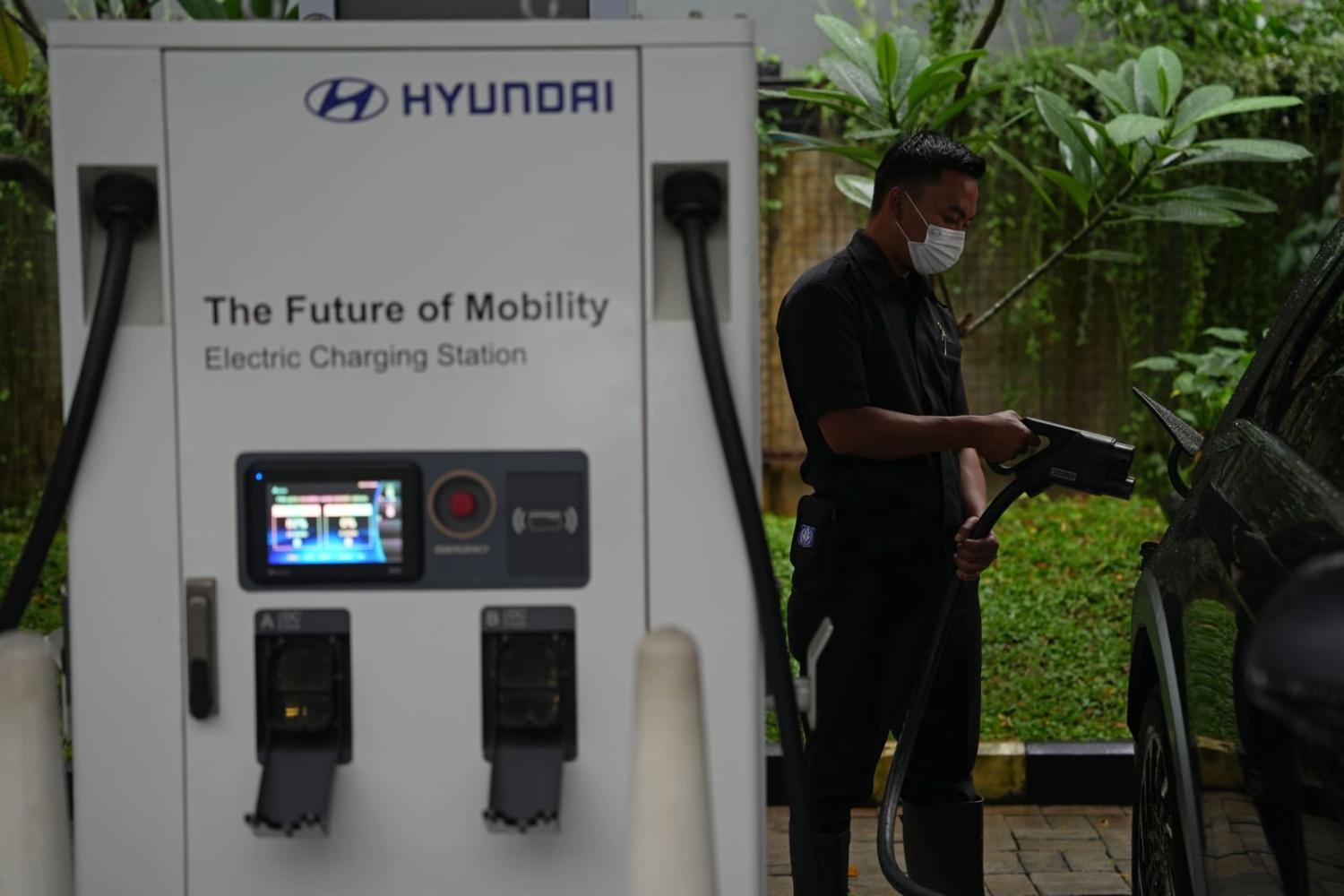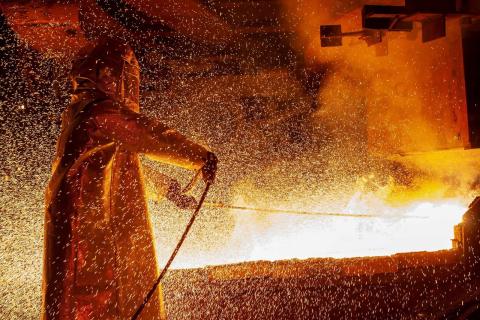“All countries deserve to process their natural resources, all countries deserve to make their people prosperous, and other countries must respect this right.” These words from Indonesian President Joko Widodo on the eve of his recent visit to Australia captured a personal ambition to transform Indonesia’s abundant resources into a wealthy nation – but they also present an opportunity for Australia. A “win-win”, as analysts quickly dubbed it.
Jokowi, as the Indonesian leader is known, has made no secret of his desire to secure access to Australian lithium to complement Indonesian nickel. The aim is to build an EV battery supply chain to take advantage of the accelerating shift towards renewable sources of energy.
The chance extends beyond Indonesia, too.
Southeast Asia is expected to become a strong production base and end-consumer for both batteries and electric vehicles – the region’s potential is being realised, and investment is flowing. Southeast Asia’s EV market was estimated at US$500 million in 2021 and is forecasted to grow to US$2.7 billion by 2027. South Korea’s LG and Hyundai are constructing an EV battery plant in Indonesia, which is expected to start producing in 2024. Meanwhile, Vietnam’s Vinfast has also begun developing a facility to produce batteries for sale and its own EV production. Thailand is another prospective market, as it is already home to EV development, with Mercedes Benz producing plug-in hybrid batteries in the nation since 2019.
Yet a consistent supply of critical minerals such as lithium is a missing ingredient in these nations’ ambitions. Australia can help.
Australia can process critical minerals and export these products to nearby neighbours in Southeast Asia. Developing a domestic battery manufacturing industry in Australia is extremely difficult given the collapse of the car-making industry. There is a fundamental link needed between vehicle makers and battery manufacturers. Typically, the two sectors co-locate, ensuring ease of cooperation.
Australia’s last car manufacturers, Holden and Toyota, closed their factories in late 2017. And even if Australia initiated EV production now, nations such as China and South Korea are further along the learning curve, possess more advanced manufacturing capabilities and have secured long-term contracts with global car makers.

Instead, the opportunity for Australia lies in the supply and high-tech processing of critical minerals that Southeast Asian manufacturers will use for batteries and EVs. Jokowi spoke of all countries deserving to “process their natural resources” – Australia should do so, rather than following the past approach as with the mining boom of shipping raw materials abroad. There is yet a country to dominate the critical mineral supply, so a profitable and attainable opportunity remains in refining critical minerals into battery-grade materials.
Australia accounts for 60 per cent of world lithium production and can provide this crucial missing mineral from Southeast Asian nations’ domestic resource endowment. An average EV battery requires around 8 kilograms of lithium. Additionally, partnerships would employ Australia’s world-class technical and industrial capabilities. Australia has rapidly scaled resource production through innovation and could assist nations in developing metalogical capabilities to successfully manufacture lithium-ion batteries.
Australia can no longer afford to ship unprocessed minerals offshore. Currently, a significant amount of raw lithium is sent to China in the form of hard rock ore, where it undergoes refining to become battery-grade lithium hydroxide. Some estimates claim that Australia only earns 0.5% of the potential value of exported lithium ore. However, the landscape may be changing.
Australia already aims to capture a larger share of the refining market, with projections suggesting a potential increase to capture 10% of the global market by 2024 and 20% by 2027. To achieve this, Australia recognises the need to progress further down the value chain. The goal should be developing high-value products by combining high-grade nickel sulphate and battery-grade lithium hydroxide to form an active cathode material for battery production. Several companies, including Tianqi, IGO Limited, and BHP, are already selling lithium hydroxide and nickel sulphate crystals produced in Western Australia to global car manufacturers.
Australia’s value in the Southeast Asian market lies in the nation’s ability to sustainably, ethically and securely source and refine critical minerals on a global scale. As Australia advances, the nation must aim to use the abundance of renewable energy resources such as wind and solar to power the refining process, with the development of proprietary technology to bring the cost of Australian products down. As the world shifts its focus and becomes increasingly interested in traceability and low-carbon materials, Australia can support Southeast Asian manufacturers by providing the region with battery inputs that meet the highest environmental standards.
Through these initiatives, Australia aims to retain more value within its borders by refining its abundant critical mineral resources, such as lithium, and actively participating in the growing electric vehicle and battery industries. Southeast Asia will become a primary market for Australian lithium exports.
Australia must develop a significant, sophisticated, downstream industry beyond merely mining to capitalise on the once-in-a-lifetime demand for critical minerals. To lower the risk profile of battery materials, substantial attention must be paid to securing and forming these strategic partnerships with Southeast Asian nations. The Australia-Southeast Asia relationship has yet to reach its full potential, but substantial opportunities exist to collaborate within the EV and battery space. To borrow again from Jokowi, if done right, all countries will win respect.

